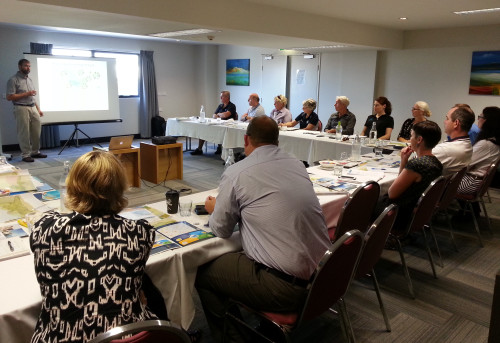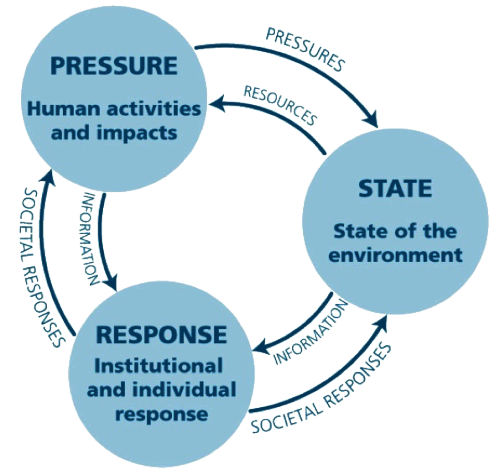Mackay Report Card Workshop – Mackay, Queensland Australia 24 February 2015.
Heath Kelsey ·As a follow-on from the Gladstone Harbor Report Card, which IAN helped design last year, I had the chance to help Queensland Environment and Heritage Protection (EHP) develop a draft report card for the next region, in Mackay. I attended the workshop in Mackay on February 24, to facilitate the discussion about report cards, discuss issues related to report card development, and help sketch out the draft report card in a storyboard exercise. The Mackay report card is the third in a series of report cards that aim to increase the resolution of report cards developed for the Great Barrier Reef. IAN helped develop and launch the first GBR Report Card in 2010.
The partnership developed for the project includes a wide array of industry, port, environment, and recreation leaders in the community. It is encouraging to see the variety of perspectives represented working together on the report card. It will make for a stronger product that has broad support in the community, and therefor more likely to be accepted as a measure of the change they desire.

Many of the issues that the partnership are now working through are similar to ones that IAN has encountered in previous projects, or are ones that we are currently working through ourselves. Based on a review of the Draft Program Design as a guide, I tailored my talk to discuss some of the issues that IAN has experience with that are most relevant to the current Mackay process.
I discussed the Chesapeake Bay, Mississippi River, Chilika Lake, Willamette River, and Great Barrier Reef Report Card projects, focusing on those issues that were most relevant to my understanding of the current situation in Mackay, including:
- Increasing the spatial resolution to include smaller regions from a larger regional report card (Chesapeake Bay, and, in the future, Mississippi River Report Cards)
- Developing socio-economic indicators (Willamette River, Chesapeake Bay, and Chilika Lake Report Cards)
- Developing standard sets of indicators and methods for groups developing independent report cards (Chesapeake Bay Report Card)
- Improving engagement from stakeholders in the report card process to achieve shared ownership (Mississippi River, Chilika Lake, and Willamette River Report Cards)
- Accounting for climate change and resilience in environmental assessments (Chesapeake Bay and Great Barrier Reef Report Cards)

When it is fully implemented, the Mackay Report Card process also includes many components that we consider recent themes or new advances in report cards, including reporting on social and cultural resources, stewardship, along with the current state of the environment, as well as reporting on pressures and management responses. This will fully develop both the socio-economic and cultural aspects of report card potential, and fully develop measurement of the pressure, state, and management response cycle.
There are strong links to environment and social and economic factors that IAN is considering in many of our report card projects. Additionally, similar to the Mackay process, our intention is that many of our report card projects will ultimately include measurement frameworks for not just the state of the environment or system, but also for the things that influence the system (pressure) that lead to current state, as well as the management programs that are implemented to change these pressures or restore the environment (management response).

I was impressed with the direction the EHP were taking in their report card projects, and I hope that we continue to be engaged with them as they continue developing report cards in Queensland. I wished we’d had a bit more time to start populating the storyboard we developed, but I was happy with what we were able to accomplish in the time we did have. Our task now is to take those sketches and create the draft report card, for EHP to finish over the next few months.
About the author
Heath Kelsey

Heath Kelsey has been with IAN since 2009, as a Science Integrator, Program Manager, and as Director since 2019. His work focuses on helping communities become more engaged in socio-environmental decision making. He has over 15-years of experience in stakeholder engagement, environmental and public health assessment, indicator development, and science communication. He has led numerous ecosystem health and socio-environmental health report card projects globally, in Australia, India, the South Pacific, Africa, and throughout the US. Dr. Kelsey received his MSPH (2000) and PhD (2006) from The University of South Carolina Arnold School of Public Health. He is a graduate of St Mary’s College of Maryland (1988), and was a Peace Corps Volunteer in Papua New Guinea from 1995-1998.